My cuz has got a way with words. Love the write up Scott and looking forward to your next visit! With lots of love Lyn and everyone at Treneague xxx
How I Came to Know Kernow…A Father’s Day Tribute to ‘Gramps’ Phillips
- By admin
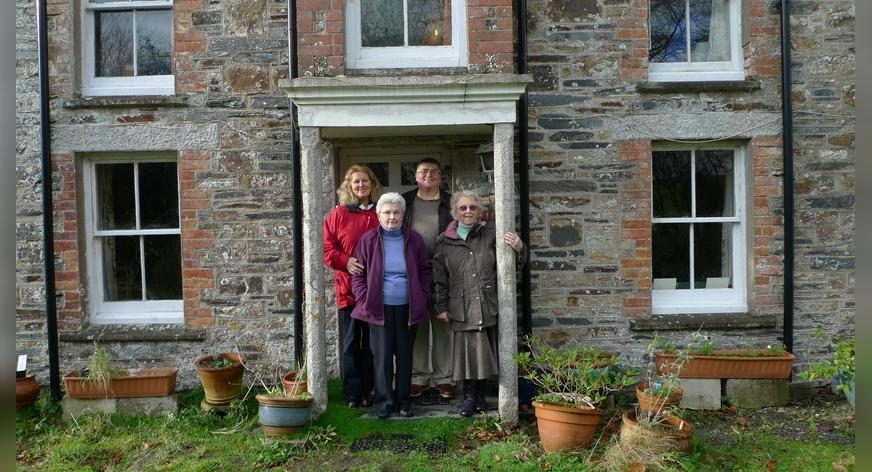

This story was written by MyHeritage user, Scott Phillips, founder of the Onward To Our Past genealogy blog and Facebook page. Here he shares with us the Cornish family history of his beloved paternal grandfather, ‘Gramps’ Phillips.
As is so often the case in families, I had a favorite relative. While I had wonderful folks, great sisters, cool cousins, and a bunch of fun aunts and uncles, my ‘Gramps’ Phillips holds a very special place in my heart and in my life.
I was blessed that my granddad had two things going for him. One, he loved to tell a good story; and two, he loved his town, Cornwall, located in the United Kingdom.
How I loved to hear stories of his hometown of Wadebride, of his aunts who lived in Sladesbridge, and of how he spent his days as a youth, which always sounded like a slice of heaven to me.
His stories were always funny, poignant, and incredibly vivid – and full of the love he had for Cornwall. Many times he would include even the smallest details of where he was raised, down to the color of the house and its shutters! At the time I was hearing these stories, I certainly did not realize they would be the defining moment in the development of my love of genealogy.
In 1960 — before most of you reading this here were probably born — I was lucky enough to accompany my family on a month-long vacation to Europe. Naturally, an early stop was for us was Wadebridge. To this day, I still get goosebumps when I think back to the feeling I had as we walked up the street, turned the corner and stood in front of Gramps’ home – exactly as he had described it, down to the color of the house and its shutters! There was such a sense of excitement and connection to the past at that moment!
Continuing our Cornwall family history journey, we visited Launceston, Cornwall, the hometown of ‘Nana’ (née Cottle) Phillips. While we were out seeing the sites of the town an elderly fellow with a young boy in tow approached us. My mom struck up a conversation and mentioned my grandmother’s name, Cottle, to which he replied, “Well, fancy that! I am William Cottle…we’re related!”
That was decades ago, and sadly, since my grandparents have passed. But those experiences, along with a visit to Omaha Beach in Normandy, France with my father, an Omaha Beach veteran (another story for another day), and my Gramps’ stories still hold a special place in my heart and memory.
When I began my genealogy research and family history quest in earnest, I naturally wanted to discover more of the Phillips family lineage, which took me back to Cornwall..
Starting with my usual penchant for history, I began studying the history of Cornwall. The first thing I learned was that my ancestors were Cornish – not English – and that Cornwall’s historic name is Kernow.
I read a fascinating account of the area’s struggles to gain recognition as a UK county as opposed to only a county. As I read Our Future is History: Identity, Law, and the Cornish Question by John Angarrack (a very likeable and interesting fellow, I might add), I came to a more profound understanding of the love and respect that my Gramps had for his homeland.
In addition to my own historical research, contact with the Cornwall Family History Society (http://www.cornwallfhs.com) and the Cornwall Online Parish Clerks (http://www.cornwall-opc.org) provided valuable history and background. Soon, however, the desire to trace these roots became overwhelming, and I began to scour through individual records, BDM indexes, and Census forms to find my Phillips roots. It was marvelous! This process took me back in time to the street in Wadebridge, where as a kid, I had experienced the same sense of connection and awe.
I began working backwards from my Gramps, and immediately hit a snag. Gramps always said his father died when he was young, and that he was brought up by his stepfather. I now was hunting for two surnames. I found his stepfather’s surname – BUNT – immediately, but unfortunately his wife’s maiden name remained a mystery for quite some time.
In the Census records, I found likely PHILIPS families, but there was always a second male child in the household, which didn’t match with my Gramp’s stories of being the only male among female siblings.
The story line went something like this “my stepfather treated me like a real son, my mother loved me very much, and I was surrounded only by sisters.” In frustration, I must have started over a dozen times. Each time it took me back to the same family. The mother’s name – BATE – matched and Gramps and his sisters were there. However, there was a brother, William Morrish Philips. Finally, I decided to research this person and see what could be proved. What a marvelous side-journey this would prove to be!
My side-journey to trace William Morrish Phillips started on the website for the UK Commonwealth War Graves Commission (CWGC) (http://www.cwgc.org). With the simple search function, I found William Morrish, who was buried in a church graveyard in Houyet, Belgium.
The CWGC listing provided and proved the names of his mother, his father, his wife, his unit and more. I had discovered a previously unknown great-uncle! More research uncovered another reference on a Wall of Honor – and on the notation there was a flower, added by someone. My heart leapt. Could this be a long-lost relative? I emailed right away!
While the author of the notation on the Wall of Honor did not turn out to be a family member, this individual provided much valuable information. The author was Ann, who had been researching William Morrish Phillips for the local Wadebridge war memorial, as he was the only veteran without a photo. Ann became one of my best allies as I slogged through the many Phillips families of Cornwall! Together, we were determined to find a photo of this mysterious fellow!
Some months later, and with much excitement I received another email from Ann. This time she wrote, “Don’t get too excited… but I may have found a relative; she says she has a box of old family photographs…”
A relative was not entirely accurate. This possible relative Ann had found lead to several families of second cousins we never knew existed. Not just one or two, but over 12 new family members were discovered!
Another pleasant surprise: there was more than one box of photos. And there was a cousin who was a genealogy and family history fanatic, just like me. Best of all, they too were interested in learning about the Phillips line. They knew absolutely nothing of me and my great-grandmother – the long-lost sister. I can’t quite recall if I made my airline reservations that day or the next morning, but make them I did!
However before I got on the plane to Kernow, I wanted to learn a bit more of my Phillips roots…
The family legend of my great-grandfather Phillips being lost at sea was incorrect. While he did spend at least a decade at sea, he actually had died of a heart ailment at home, and earned a living as a postman.
NOTE: Do not believe the common myth that “death certificates in the UK are worthless.” They have provided marvelous information including marriages, maiden names, relatives as witnesses and their relationship, home villages and more.
The 1911 UK Census is a fun census. Seeing the entries in someone’s own hand is spectacular! My grandfather happened to be back in Cornwall in 1911 after a failed first attempt to make it across the pond to Vancouver, British Columbia, Canada. It was wonderful to see his family listed in his own hand.
I learned that my great-great-great-great-grandfather was a sojourner and frequently moved around old Kernow. This has made tracing the Phillips in the 1600s challenging. However, knowing of his world travels helped explained a lot! He lived in St. Minver, married in St. Stephens-in-Brannel, had children baptized in St. Wenn, and lived in parishes elsewhere.
I have traced cousins to Pennsylvania and across the country to the Wild West, where they were one of the earliest families in Helena, Montana and Boise, Idaho; and discovered, sadly, that some Phillips family members spent their final years in the Bodmin Union Workhouse.
I scrambled to document as much as I could and soon I was on a plane to Heathrow International on the way to Cornwall! I was excited to be returning!
As a road warrior in my non-genealogist life, I might have arrived in Heathrow Airport as I would any other airport, rented a car, powered up the GPS, and headed out onto the highway. This however wasn’t any old drive – and as I made my drive towards Kernow I saw the morning sunrise at Stonehenge, and I knew I was someplace special.
I had booked a room above the same pub where we stayed in 1960: The Molesworth Arms (clean and affordable!). I was off to meet my Kernowyon mentor, Ann and the Cornish family.
I was prepared for a cordial, short welcome, a few moments with the box of old photographs, and then to be on my way. To my surprise, Ann informed me that the family (and she) had cleared their calendars for the entire week, scheduled additional family gatherings, planned every day and every hour, including visits to family churches, access to ancestral homes, graveyards plotted, meals, and stops at the best local pastry shops.
The best part (besides the best pastries since my Nana’s) was the welcoming I received from my newly found Cornish relatives — I was accepted completely and totally as family! It was as if I had known these people for generations… in a way, I had. It was incredibly comfortable, warm, and welcoming.
We spent hours with the photo boxes, which revealed a photograph of William Morrish Phillips in his World War I uniform, in addition to photos of my great-grandmother, aunts, uncles, cousins and others. Each family member we visited pulled out their own photos or treasure boxes, each of which we went through in carefully. Each night, we partied to the point of exhaustion… I was welcomed in wonderful Cornish villages and homes across the country as a true wayward Kernowyon!
Since my visit to the UK, I’m delighted that my Cornish relatives and I have managed to stay in touch over the years with the help of our family site on MyHeritage.com, where I send out family newsletters, share photos, stay in touch with relatives and continue my search for new family members.
Although I have traced back seven generations to my 5th great-grandfather, Thomas Phillips, there is much more to learn about my Cornish roots.
Back at home in Indiana, folks ask what ’s the most amazing thing I’ve learned about my Cornish roots. Most hope for a royal link or something similar. To me, the above and beyond acceptance by my Cornish family beats royalty roots hands down.
Following the tradition of my Gramps, I’ll leave you with a story I enjoy sharing with my own grandchildren… It’s the story of my great-great-grandfather Nicholas, who was born in St. Minver, Cornwall in 1821. At 18, Nicholas lost both eyes in a freak accident. Having no father, local folks put him to work as a postman, walking mail from Wadebridge to St. Minver and back. When the Royal Post was established in 1854, the local folks petitioned and refused to accept anyone but Nicholas as postman. He walked this route, in total blindness – and the town even expanded his route by including St. Kew.
A local businessman by name of Charles Waring Wood was a great advocate of Nicholas and wrote to the local paper seeking support for him – noting that by 1880 Nicholas had walked at least 134,400 miles or the equivalent of five and a half times around the world, with “no guide but his walking stick, no companion or protector but his God.”
Who knows, perhaps someday my stories will inspire my grandchildren to take a family history journey of their own!
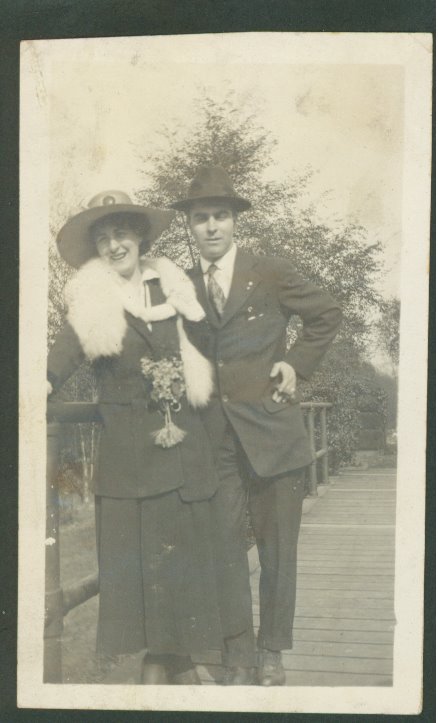






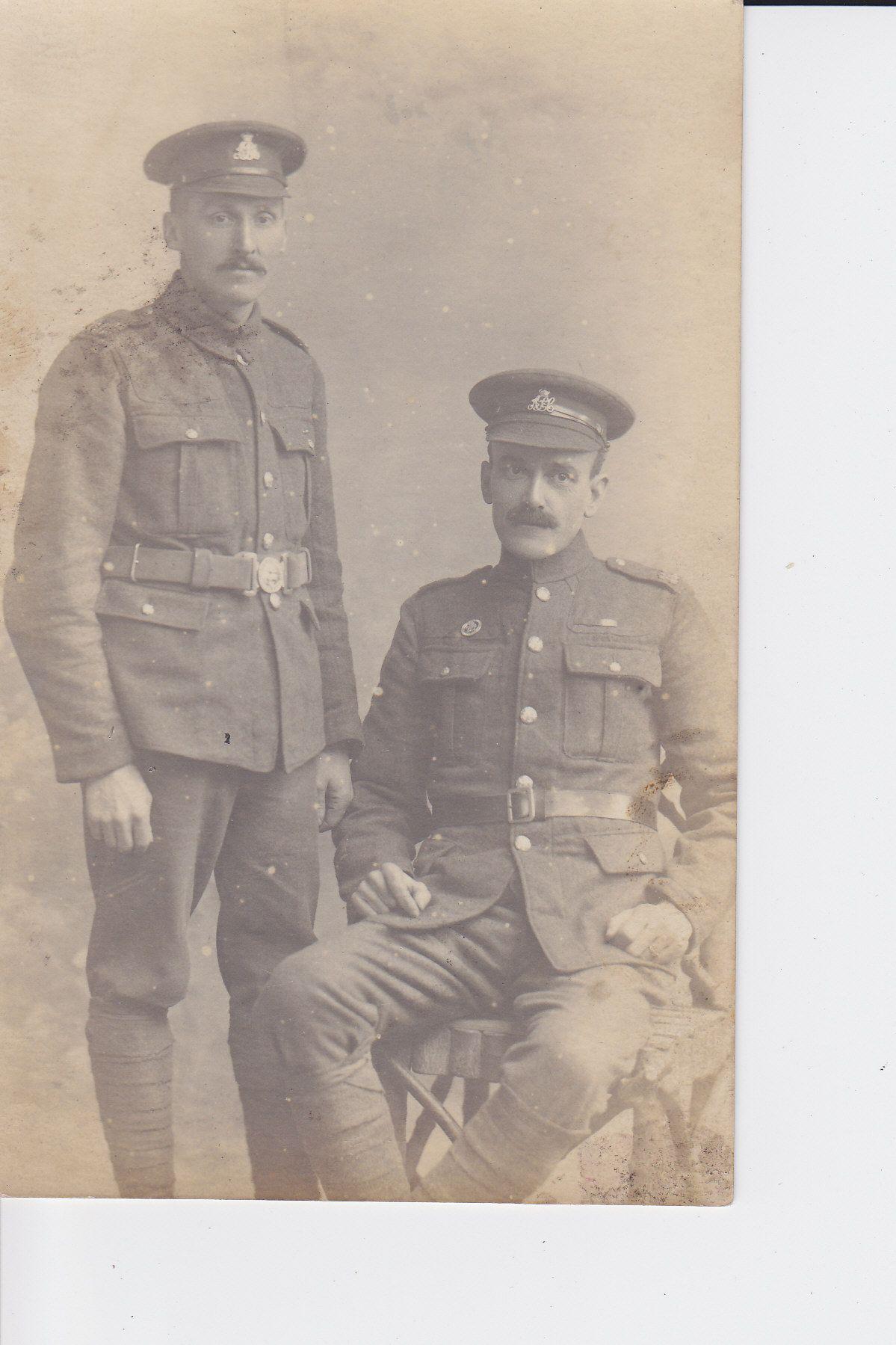



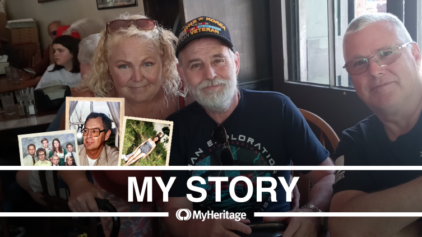
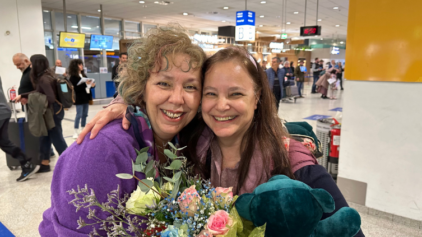
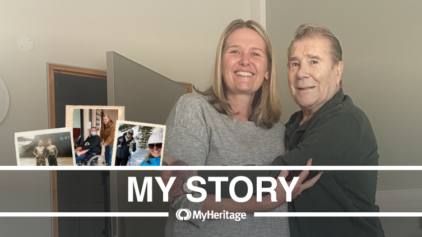
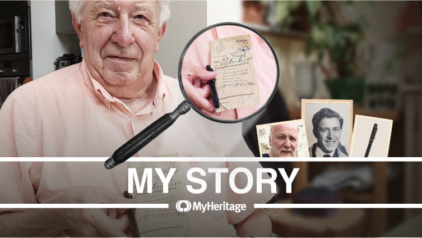
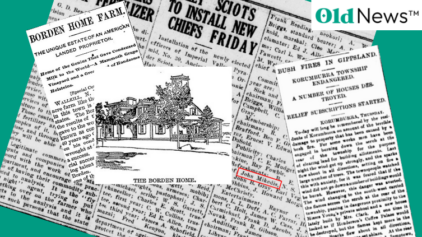

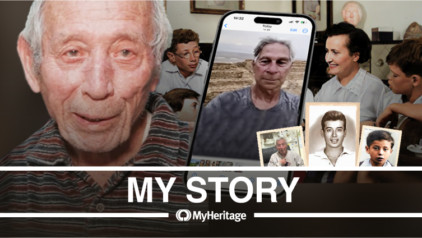

Scott Phillips
June 17, 2011
Thanks, Myheritage! Love your product and appreciate you letting me tell my story.